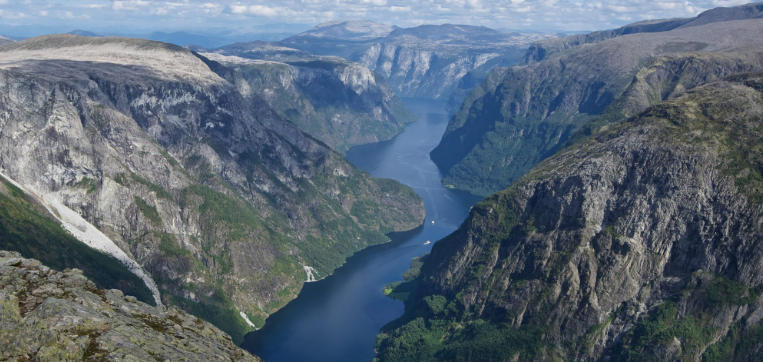How Fjord Formation Affects Local Ecosystems
Fjord formation is a fascinating geological process that not only shapes stunning landscapes but also profoundly influences local ecosystems. These deep, glacially-carved inlets serve as crucial habitats for a variety of marine and terrestrial species, making them essential to understand for anyone interested in ecology and conservation.
Unique Habitats for Marine Life
Fjords create diverse habitats that support a rich array of marine life. The steep, nutrient-rich cliffs often promote the growth of various algae and phytoplankton, which form the base of the food chain. As these organisms multiply, they attract a range of aquatic species, including fish, seals, and whales. The unique conditions in fjords can also lead to distinct populations of species, contributing to biodiversity. For instance, salmon thrive in the freshwaters that flow into these inlets, while numerous fish species use the fjord’s sheltered waters for breeding, making them critical breeding grounds.
Freshwater and Saltwater Interaction
The interplay of freshwater from rivers and the saltwater of the ocean in fjords creates a unique brackish environment. This mixing of waters fosters a diverse range of life forms that are specially adapted to thrive in such conditions. Many species of fish and crustaceans, for example, exhibit variations in their physiology to adapt to fluctuating salinity levels. Additionally, this brackish environment can facilitate nutrient cycling, as organic matter from both freshwater and marine sources contributes to nutrient richness, benefiting the entire ecosystem.
Impact on Terrestrial Ecosystems
Fjord ecosystems are not strictly confined to the water; they play a significant role in the adjacent terrestrial environments as well. The cliffs and valleys surrounding fjords often host unique plant communities that thrive in the cooler, moist conditions created by proximity to water. These areas provide essential habitats for various terrestrial animals, including birds and mammals that rely on plants for food and shelter. Furthermore, the constant flow of freshwater down into the fjord supports riparian ecosystems, helping to stabilize soils and filter pollutants, thus improving overall ecosystem health.
In Conclusion
Understanding how fjord formation affects local ecosystems reveals the intricate relationships between land and water. These unique environments foster diverse communities of life, contribute to global biodiversity, and play a vital role in nutrient cycling. Whether you are a nature enthusiast, an aspiring ecologist, or simply curious about your local environment, exploring fjords could deepen your appreciation for our planet’s natural wonders. Dive deeper into this topic and discover more about the ecosystems that shape our world!

